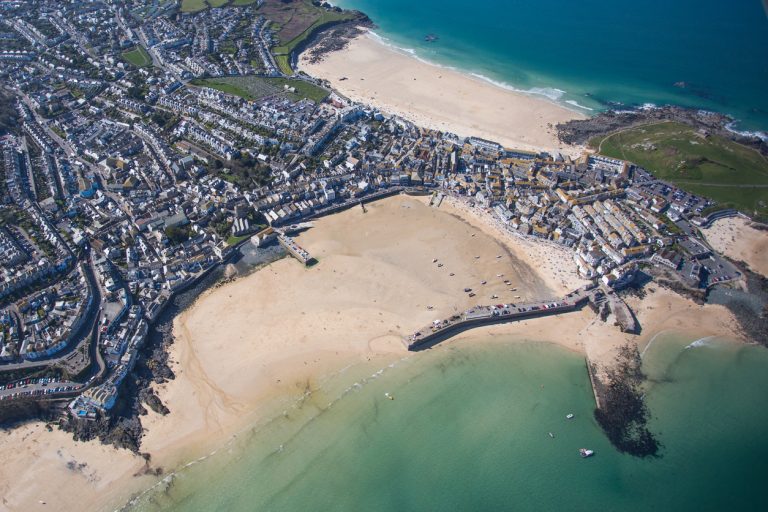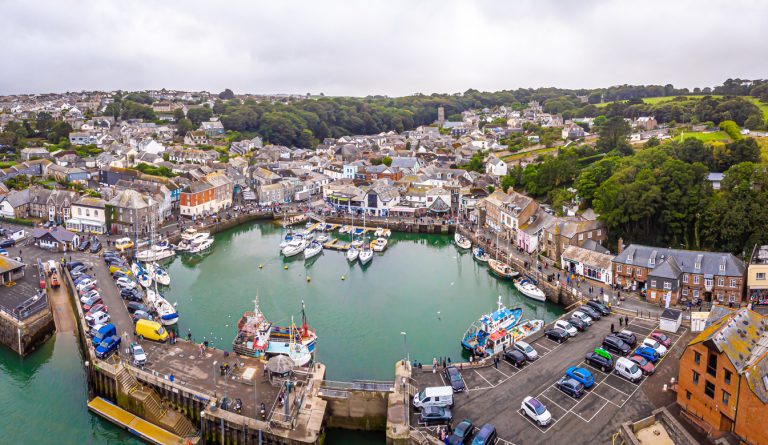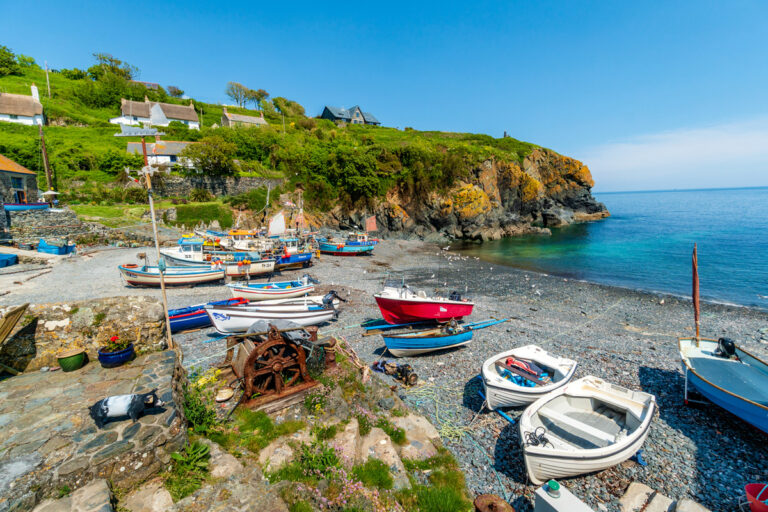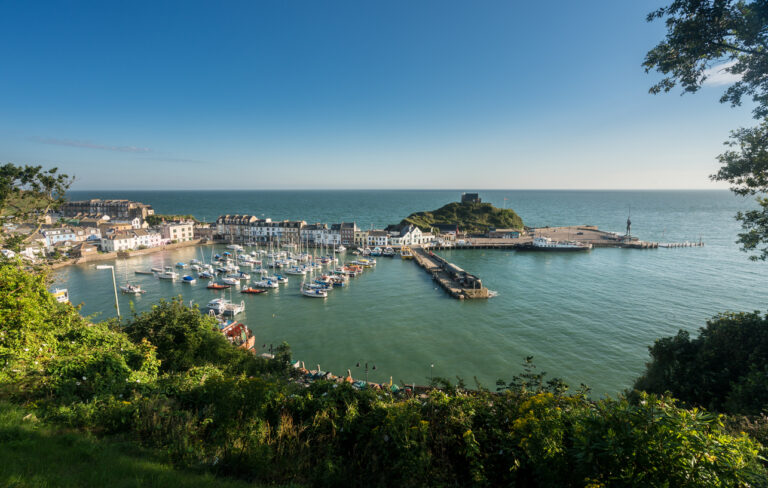Was King Arthur REALLY born at Tintagel Castle?
Tintagel Castle is steeped in legend.
For centuries, it has been linked to the legendary King Arthur, the once and future king of Britain (allegedly).
According to the tale, this windswept site was the birthplace of Arthur, a claim that has drawn countless visitors and inspired endless speculation.
But how did this connection come to be? And, more importantly, is there any truth to it?
Let’s take a look!
King Arthur and Tintagel

The story of King Arthur’s birth at Tintagel originates from Geoffrey of Monmouth’s “Historia Regum Britanniae” (The History of the Kings of Britain), written in the 12th century.
Geoffrey’s work is one of the earliest sources that weaves together the Arthurian legends, painting a picture of Arthur as a heroic king who defended Britain against invaders.
In Geoffrey’s account, Arthur is conceived at Tintagel through a magical deception—his father, Uther Pendragon, takes on the appearance of Gorlois, the Duke of Cornwall, to seduce Gorlois’ wife, Igraine.
However, most historians today are sceptical of Geoffrey of Monmouth’s account. In fact, many believe Geoffrey simply made up the story of Arthur’s birth at Tintagel to add a layer of mystique to the site and boost tourism (yes, people were doing this all the way back to the 12th century!).
There’s little to no evidence that King Arthur, as depicted in these tales, ever existed, let alone that he was born at Tintagel.
Archaeological discoveries at Tintagel
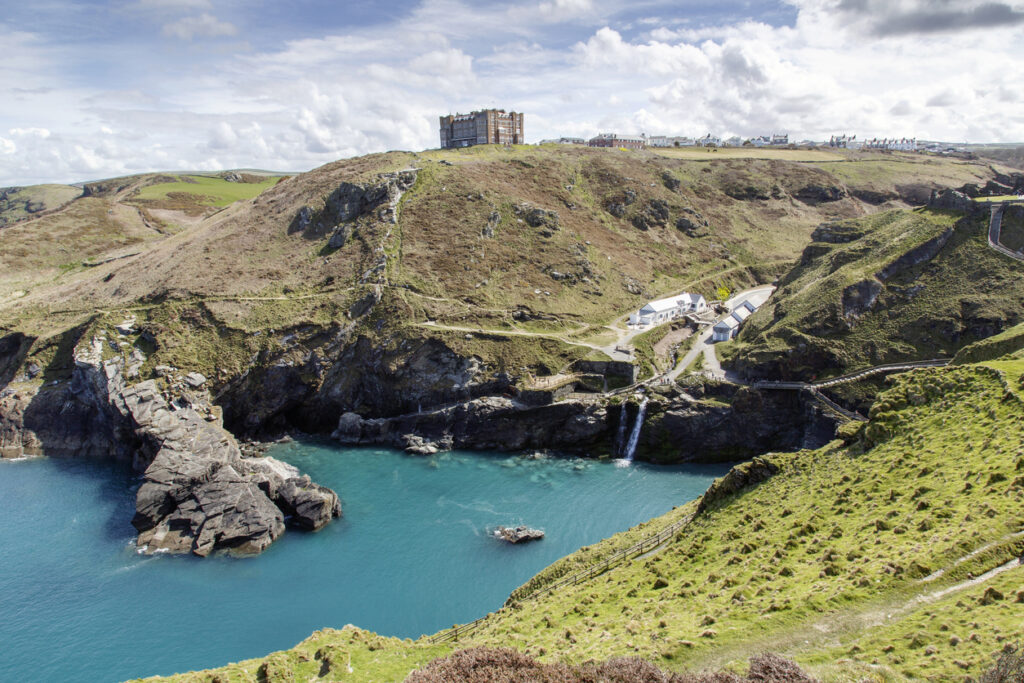
While the legend of King Arthur may be more fiction than fact, Tintagel’s significance as an ancient site is indisputable.
Archaeological excavations at Tintagel have uncovered a wealth of evidence that paints a picture of a place of considerable importance during the early medieval period.
One of the most intriguing finds is the “Artognou Stone,” a 7th-century slate slab discovered in 1998, inscribed with the name “Artognou.” Some have leapt to connect this name to Arthur, suggesting it as proof of his existence or his association with Tintagel.
But most historians and archaeologists are quick to dismiss this connection. The name “Artognou” is not uncommon for the period and has no direct link to the legendary King Arthur.
In fact, it’s more likely that this find reflects the presence of a wealthy, possibly literate community at Tintagel during the Dark Ages, rather than any connection to Arthurian legend.
Excavations at the site have revealed remnants of stone buildings, pottery, and luxury goods from the Mediterranean, indicating that Tintagel was a significant centre of trade and possibly power during the 5th to 7th centuries.
The discovery of imported goods like wine amphorae and glassware suggests that those who lived here were well-connected with the broader world.
The Debate Among Historians

The debate over Tintagel’s connection to King Arthur is ongoing, but the consensus among historians leans heavily toward scepticism.
While the site’s rich history and impressive archaeological finds highlight its importance, they do little to support the idea that it was Arthur’s birthplace or that the legendary king even existed.

